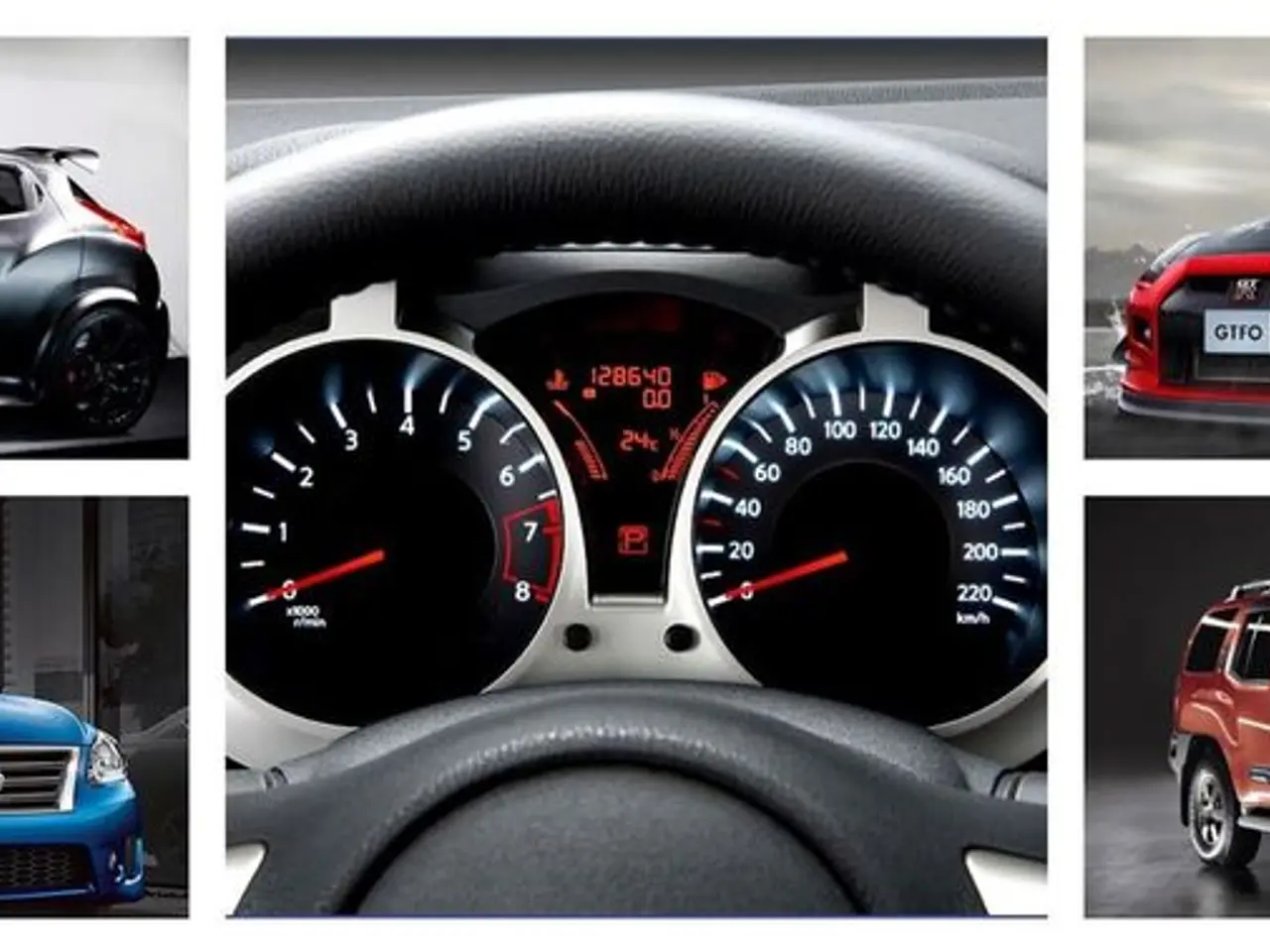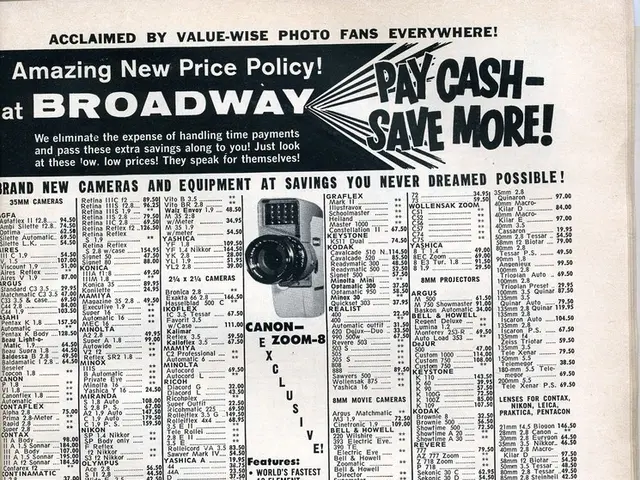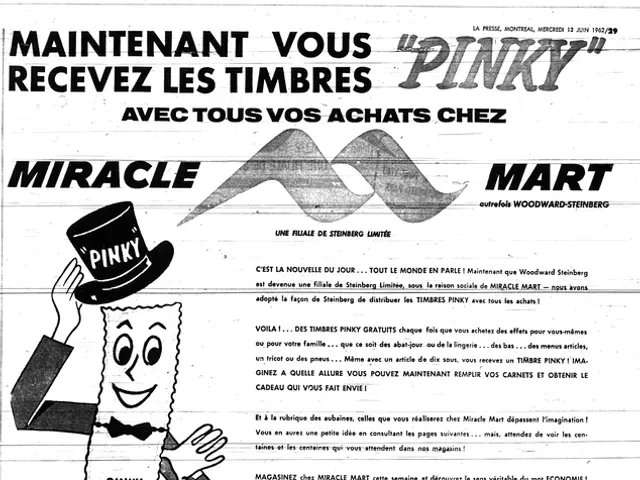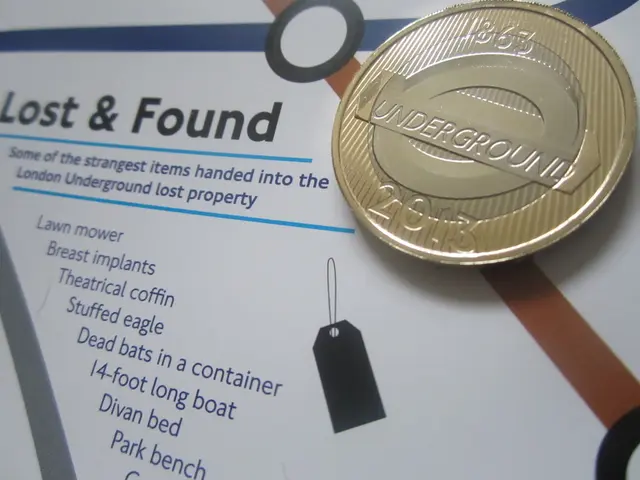Taxi Biege's gradual departure
In Germany, the landscape of familiar sights has been undergoing change, with old certainties such as the colour of telephone booths, police uniforms, and taxis being reconsidered. However, when it comes to taxis, a traditional standard colour remains prevalent across the country.
Most German states mandate that taxis are cream-colored (officially a light beige shade). This is the traditional and most common taxi colour throughout the nation. Local regulations can vary since German states have authority over their taxi laws, but cream remains the dominant scheme.
The vehicles must still be recognizable as taxis at all times, regardless of colour, with the corresponding signage and the taxi light on the roof still being prescribed. Taxi signs on roofs are typically white and yellow. Large cities and regions tend to adhere closely to this cream colour standard to ensure easy recognition.
There is no uniform colour across all states, but deviations from cream taxis are rare or limited to specific local company designs. The German taxi fleet is often composed of vehicles like Mercedes or Audi, which are painted in this cream colour as part of licensing compliance.
This contrasts with other countries, such as Budapest (Hungary), where taxis must be yellow, or Sweden, where taxis vary between black, yellow, or dark blue depending on the company. In some cities worldwide, taxis have mandatory distinctive colours (e.g., yellow in New York, red in London cabs traditionally), but Germany's colour regulation system is decentralized with a strong cream colour tradition.
In recent years, some states have started to approve different colours for taxis. The states of Baden-Württemberg, Lower Saxony, Schleswig-Holstein, Rhineland-Palatinate, Saarland, and Saxony-Anhalt have recently approved different colours for taxis. The new regulation in Saxony-Anhalt brings simplifications and economic advantages for taxi companies.
Regional differences in taxi colours exist in Germany, with more black taxis being found in the southern regions and more light beige taxis in the northern regions. Approximately 29 million people in Germany live in a state without a fixed taxi colour, while over 54 million people still live in a part of the country where a taxi is always beige.
The regulation for taxis to be light beige does not apply in the states mentioned above, which have recently approved different colours for taxis. Some skeptics doubt whether the sign on the roof is clearly enough and whether a uniform colour would be a better regulation. Despite the approval of various taxi colours, many taxi operators still choose the light beige colour.
This tradition dates back to the early 1970s when Georg Leber, the Federal Minister of Transport in Germany, established a regulation for taxis to have a uniform light beige colour (RAL 1015). Prior to this regulation, many taxis were black due to the lack of air conditioning, which made the vehicles uncomfortably hot.
In summary, while specific state regulations can differ in Germany, cream/beige taxis with white/yellow roof signs are standard across the country. Geographically, this means there is little colour variation between states compared to other countries where taxi colours are more strictly codified or highly visible with bright colours.
In some German states, a change in the colour regulations for taxis has occurred, such as in Baden-Württemberg, Lower Saxony, Schleswig-Holstein, Rhineland-Palatinate, Saarland, and Saxony-Anhalt, where taxis can now be approved in different colours, departing from the traditional light beige. Despite this change, many taxi operators continue to choose the light beige colour, echoing a tradition that dates back to the 1970s.
The automotive industry often supplies taxis in Germany with vehicles like Mercedes or Audi, with the cream or light beige colour being a common choice for licensing compliance, contrasting the yellow taxis of Budapest, Hungary or the varied colours in Sweden, demonstrating the unique industry of finance's role in shaping the transportation landscape in the country.




